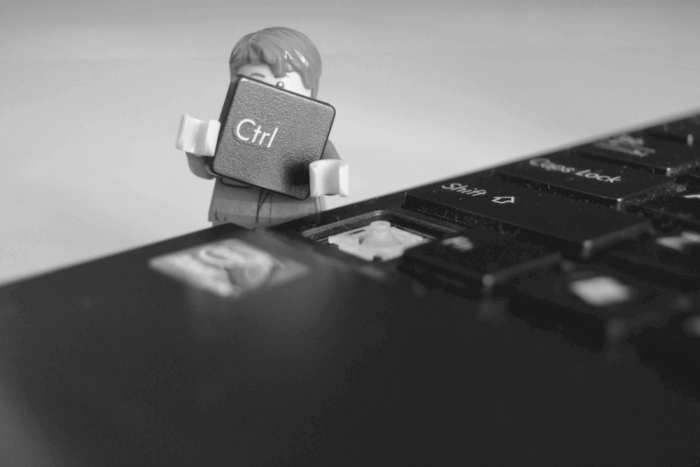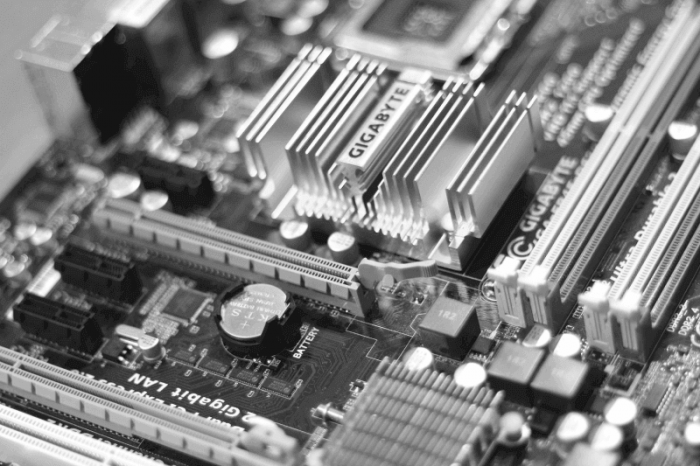Why you Should Invest in Backup & Disaster Recovery Plan?
The short answer is yes.
If your business has an online component (pro tip: it should), then your business is vulnerable to bugs, hackers, hardware failures, natural disasters, interruptions to business continuity (and therefore lost revenues), and simple human error.

What is backup and disaster recovery plans?
The simple answer is that a backup and disaster recovery plan is a set of instructions and solutions designed to ensure maximum uptime, reduce the chance of data loss, and maximize productivity in the event of a disaster or failure. Backup and disaster recovery plans can be quite complex, but there are usually a few elements to them: the backup portion of the plan is when a company saves a duplicate copy of its information on a frequent basis on secondary infrastructure so that when information is lost, a copy is retrievable. The disaster recovery portion is to ensure that the company can maintain and run its IT systems during a disaster, employees can keep working, and customers can keep buying while the IT team accesses and troubleshoots the issue.
-
The weakest company is voted off the island.
You lose a client’s data? You’re done. They’ll move onto the next competitor that can offer them something that you can’t anymore – trust. While customer acquisition can be expensive, it could bankrupt a company trying to regain customers’ trust after a breach. Just ask Yahoo!, victim to the largest successful breach of personal information period where 500 million users were targeted in the breach. 59% of internet users polled have stated that they would refrain from purchasing products from a company that had suffered a data breach.
-
A chain is only as strong as its weakest link.
And a company is only as impervious to failures as its backup and disaster recovery plan. A good disaster recovery plan will ensure there are no single points of failure throughout your operating system, supply chain, or any other links as well as a set of recovery data available at a location at least 50 kilometres away in the event of a natural disaster. Does your backup and disaster recovery plan stack up?
-
To err is human.
Everyone makes mistakes. While spilling coffee on a white blouse right before an important interview might feel like the end of the world, spilling coffee on a mainframe that stops the company’s work in its tracks could literally be the end of the company. Human error is the leading cause of downtime in companies, but it’s not something that can always be fought before it happens.

-
Two words: natural disaster.
A natural disaster is also a business disaster. Did you know that almost 40% of small businesses never reopen after a natural disaster, but that 30% of small businesses have experienced a natural disaster in the last three years? Natural disasters can come in all forms: hurricanes, earthquakes, tornadoes, mud slides. Something as simple as a winter storm could take out a power line and leave companies powerless (literally and figuratively) to work.
-
Glitches lose riches.
A computer glitch at Knight Capital lost it $440 million in less than half an hour and the stock’s price plummeted 62% in just one day. Ouch. Hardware and software can both fail. Something as simple as an unexpected system update can cause a system to go down, losing the company profits in the process.
We’ve already talked about how to start to build a backup and disaster recovery plan for business continuity here, but these are the four basic things to look out for in choosing a provider:
- Will your provider’s system work with the software and hardware you already use?
- If your company grows in the future, how flexible is this disaster recovery plan?
- Does the provider you’re considering have a good track record and reputation?
- Support: Does your provider offer round-the-clock support?
If you can find a provider that can offer these four things to your company, you’ve likely hit a home run.
The best time to plant a tree is yesterday.
Getting started with a disaster recovery plan can feel like diving into the deep end filled with sharks and oh, also, it’s not a pool, but an ocean and there’s a storm coming. You might even feel a little bit of guilt if you don’t have a sufficient plan set up yet, but the saying about trees is true for disaster recovery as well. The best time to implement a disaster recovery plan is yesterday, but the next best time is today. The most important step that you can take is to get started.
If you’re looking for more information or help on this journey, feel free to contact us at 1 800 004 943 or go online to submit an enquiry.

